When it comes to building a standout website, customizing your WordPress theme is crucial. With millions of sites competing for attention, a unique and personalized design can make all the difference. Whether you’re a seasoned developer or a beginner, these ten tricks will help you make the most of your WordPress theme.
1. Choosing the Right Theme
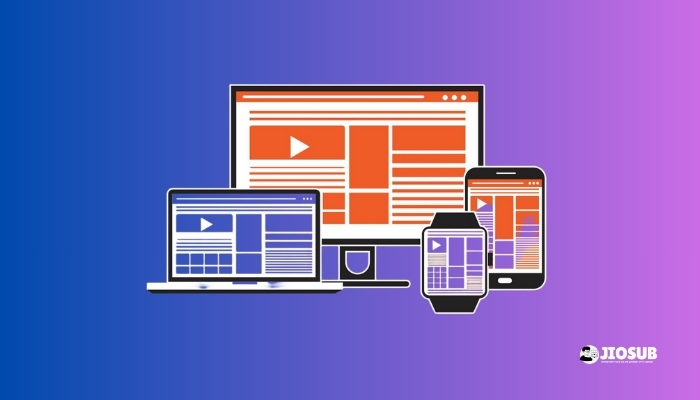
Importance of a Good Theme
The foundation of any great website is a solid theme. A well-designed theme not only looks good but also functions smoothly, enhancing user experience and SEO.
Where to Find Quality Themes
You can find quality themes on the WordPress repository, ThemeForest, or other trusted marketplaces. Always check reviews and ratings before making a choice.
2. Utilizing Child Themes

What is a Child Theme?
A child theme inherits the functionality and styling of another theme, called the parent theme. This allows you to make changes without affecting the original theme’s code.
Benefits of Using Child Themes
Using a child theme ensures that your customizations won’t be lost when the parent theme is updated. It’s a safe and efficient way to tweak your site.
Also Read: How to Optimize Your Website for Featured Snippets
3. Customizing Theme Colors
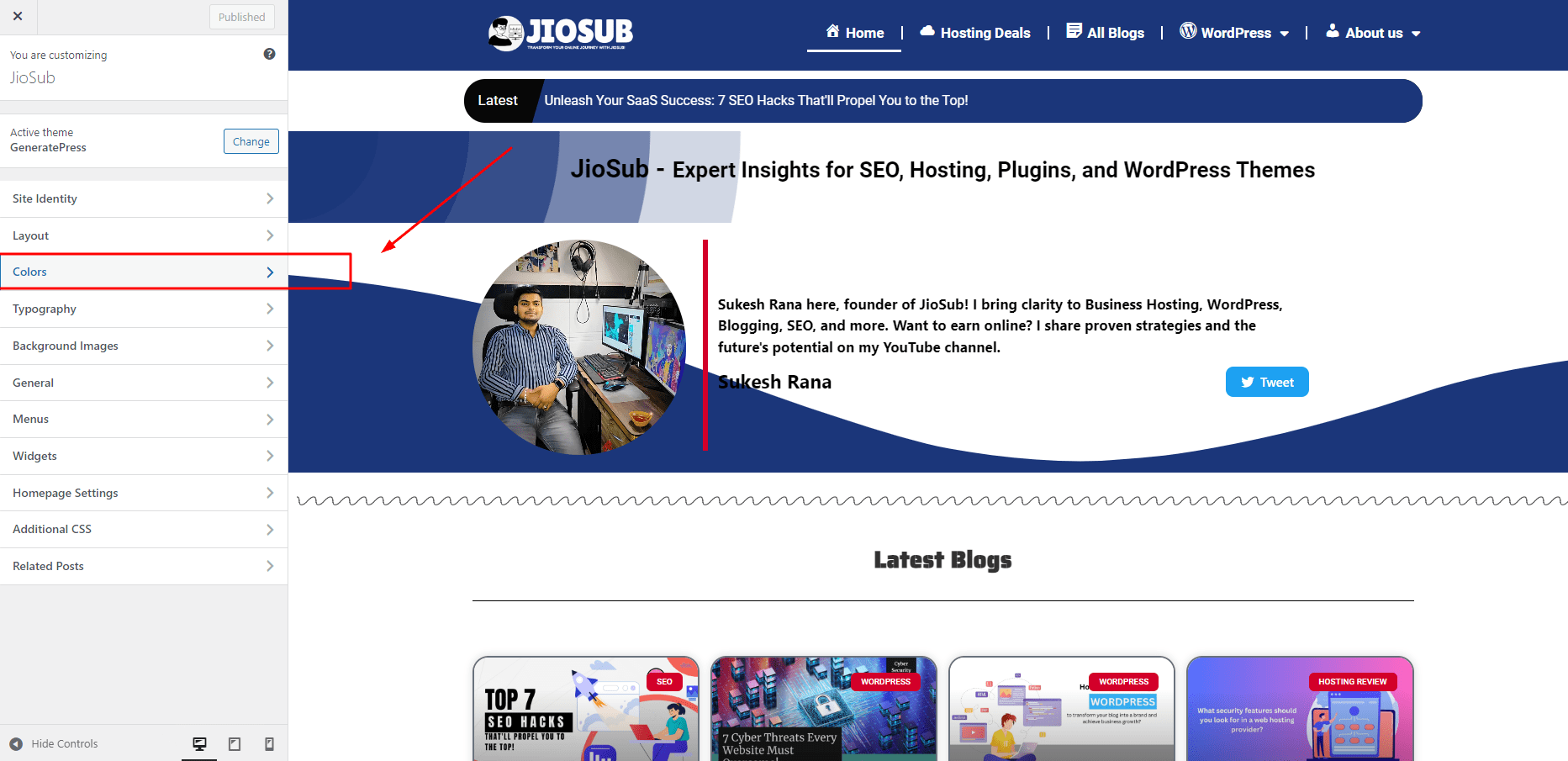
Importance of Color in Design
Colors evoke emotions and can significantly impact the perception of your website. Choosing the right color scheme is essential for brand identity and user engagement.
Tools for Changing Theme Colors
Tools like the WordPress Customizer or plugins such as Colorlib can help you easily change your theme’s colors. Experiment to find the perfect palette for your site.
4. Modifying Fonts and Typography
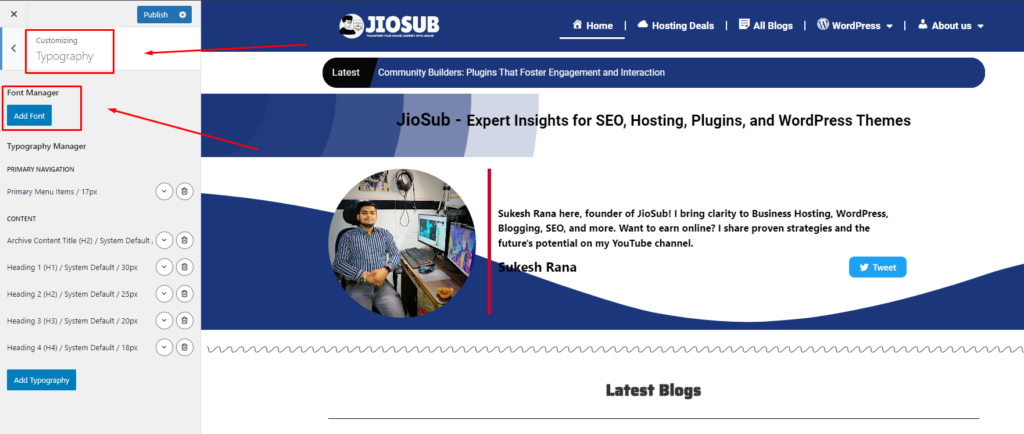
Why Typography Matters
Typography plays a crucial role in readability and overall aesthetic. The right fonts can make your content more engaging and easier to read.
How to Change Fonts in WordPress
You can change fonts using the WordPress Customizer or plugins like Google Fonts Typography. Ensure the fonts you choose align with your brand’s voice and style.
5. Adding Custom CSS

Basics of CSS
CSS (Cascading Style Sheets) allows you to control the appearance of your website. It’s a powerful tool for making custom design changes.
How to Add Custom CSS in WordPress
You can add custom CSS through the WordPress Customizer under “Additional CSS” or use plugins like Simple Custom CSS. This way, you can tweak the design without altering the theme files.
Also Read: The Future of WordPress: Emerging Trends and Technologies
6. Using Page Builders
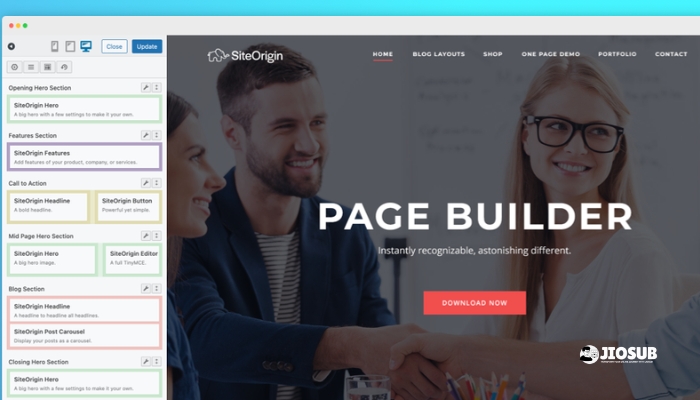
What are Page Builders?
Page builders are plugins that let you create custom page layouts without coding. They offer drag-and-drop functionality for ease of use.
Popular Page Builders for WordPress
Popular options include Elementor, Beaver Builder, and WPBakery. These tools provide a wide range of design elements to help you create unique pages.
7. Enhancing Navigation Menus
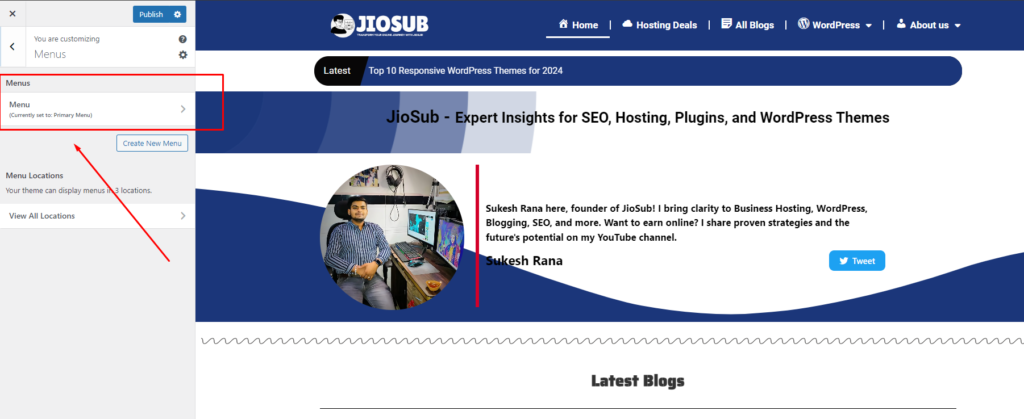
Importance of Good Navigation
Good navigation is critical for user experience. It helps visitors find what they’re looking for quickly and easily.
How to Customize Menus
Use the WordPress menu editor to add, remove, or rearrange menu items. Plugins like Max Mega Menu can also add advanced features to your navigation.
8. Optimizing for Mobile

Mobile-Friendly Design
With more users accessing websites on mobile devices, having a mobile-friendly design is essential. It improves user experience and boosts your site’s SEO.
Tools to Check Mobile Optimization
Use tools like Google’s Mobile-Friendly Test to check how well your site performs on mobile. Make necessary adjustments to ensure it’s responsive.
9. Integrating Plugins for Extra Features
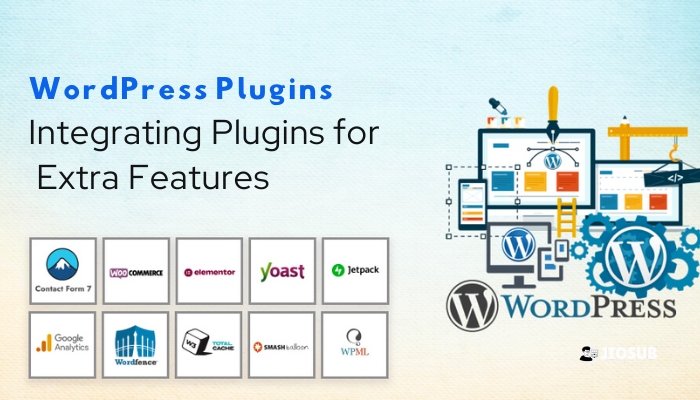
Must-Have Plugins
Plugins can add a variety of features to your site, from SEO tools to contact forms. Essential plugins include Yoast SEO, Contact Form 7, and WooCommerce.
How to Integrate Plugins Seamlessly
Ensure that plugins are compatible with your theme and each other. Regularly update them to avoid security issues and conflicts.
10. Regular Updates and Maintenance

Importance of Keeping Themes Updated
Regular updates keep your theme secure and ensure compatibility with the latest WordPress version. They can also bring new features and improvements.
How to Maintain Your WordPress Theme
Regularly back up your site, update your theme, and test it after updates. Use maintenance plugins to automate some of these tasks.
Must Read: 7 Deadly Cyber Threats Your Website Must Defeat or Die!
Conclusion
Customizing your WordPress theme can seem daunting, but with these tricks, you can create a stunning and unique website. From choosing the right theme to regular maintenance, each step is crucial for building a site that stands out. Keep experimenting and tweaking until you find the perfect design that resonates with your audience.
FAQs
What is the best way to choose a WordPress theme?
Consider your site’s purpose, check reviews, and ensure the theme is regularly updated and well-supported.
How can I ensure my theme is mobile-friendly?
Use responsive themes and test your site with tools like Google’s Mobile-Friendly Test to ensure it looks good on all devices.
What are child themes and why should I use them?
Child themes allow you to customize your site without altering the parent theme, ensuring your changes are preserved during updates.
Can I customize a theme without knowing how to code?
Yes, you can use page builders, the WordPress Customizer, and plugins to make many customizations without coding.
How often should I update my WordPress theme?
Regularly check for updates and apply them promptly to keep your site secure and functioning smoothly.


